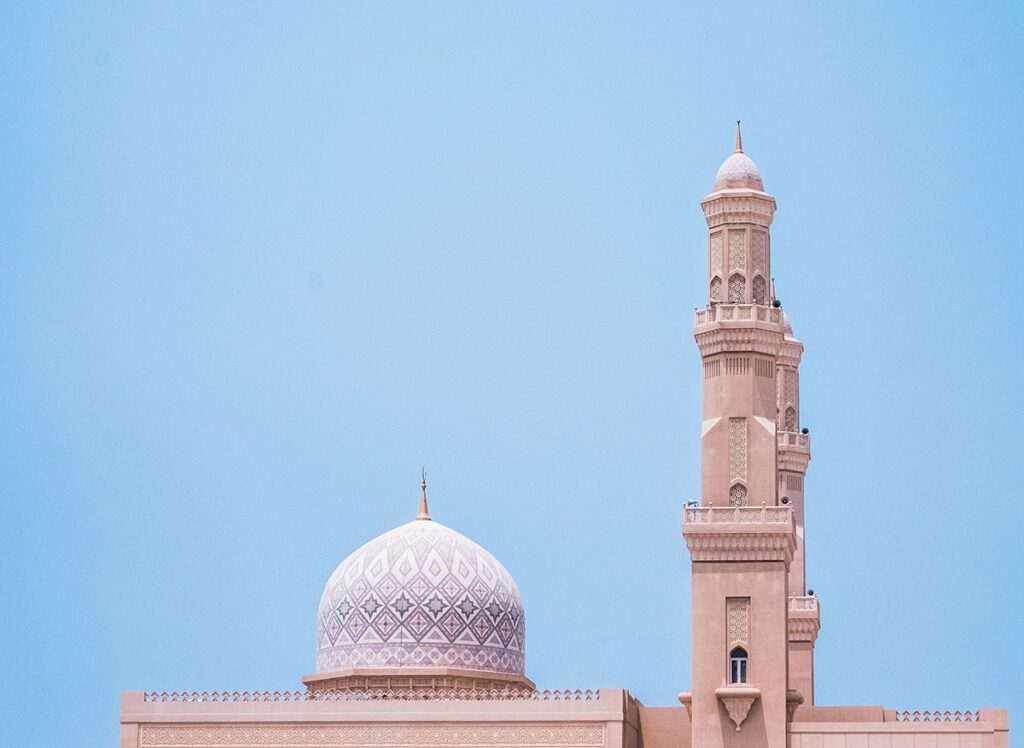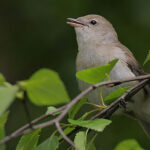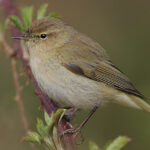1. Khanjar: Khanjar is a traditional Omani dagger that all men wear on their belts at official events and festive occasions. The Khanjar dagger’s decoration varies greatly and is a symbol of the man’s origin, masculinity and courage. The dagger is also part of the Oman flag
2. Literacy: 87% of the population in Oman can read and write
3. National Day: November 18th is the national day in Oman. It celebrates the beginning of the current Sultan Qaboos bin Said’s rule in 1970. The day also coincides with the Sultan’s birthday
4. Omana: Yalainous, who lived in the years 23 – 79 AD, was one of the first Roman historians to mention Oman (then referred to as ‘Omana’)
5. Portuguese rule: Oman was under Portuguese rule between 1507 and 1650. However, the Ottomans conquered the capital twice during this period. With the exception of a short-lived Persian invasion in the late 1740s, Oman has been self-governing since 1650
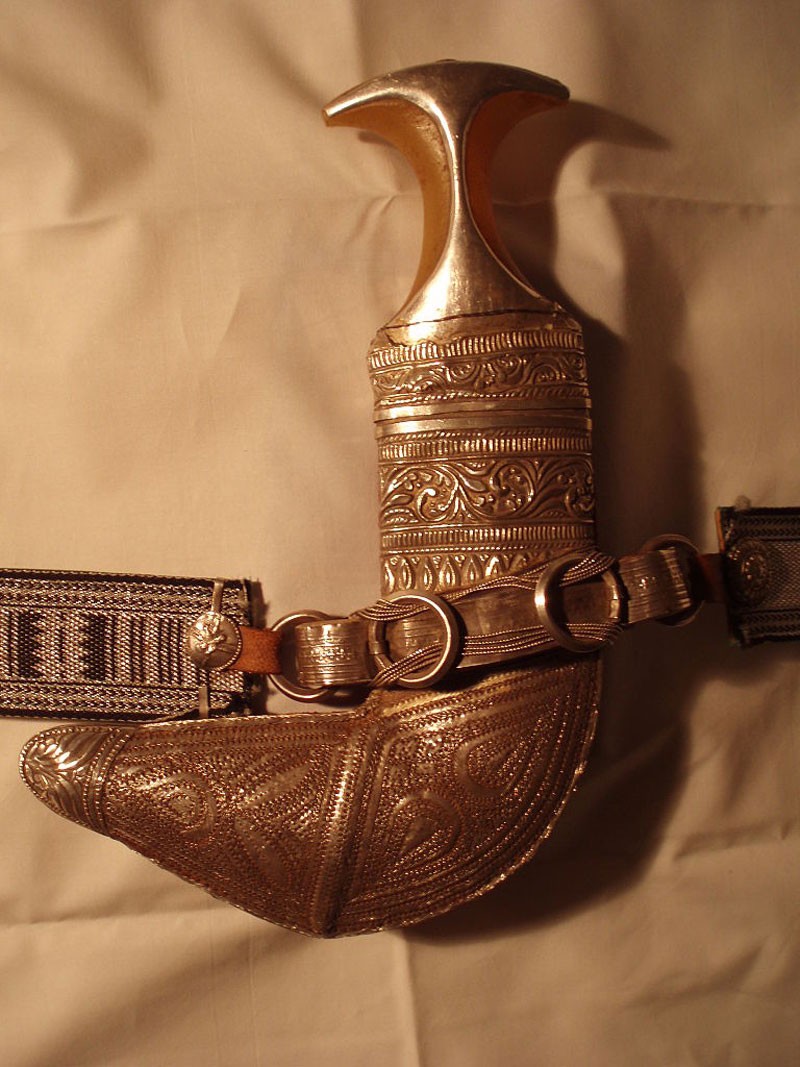
Fact: The Khanjar is a traditional Omani dagger worn at all official events. The dagger is a sign of masculinity and courage, and is also part of the Omani flag
6. Sultanate: Oman is one of the world’s few sultanates – a country where the head of state is an Islamic monarch who rules according to Shariah. Other examples of sultanates include Brunei and some states in Malaysia
7. Sultan Qaboos: The current sultan, Qaboos bin Said Al Said, took over after the peaceful ouster of his father, Said bin Taimur, in 1970. His father had been sultan since 1932
8. Incense: Although Oman’s economy today relies heavily on its oil industry, it wasn’t always this way; for thousands of years, frankincense was one of the most important commodities and later Oman also became known for breeding racehorses (of the ‘thoroughbred Arabian’ breed)
9. Economy: As Oman has limited oil reserves, the Sultan has taken various measures to prevent an economic crisis when the oil eventually runs out. These measures include investments in industry, agriculture and fisheries – but these sectors still account for less than 1% of the country’s exports. In addition, there is a strong focus on tourism in the future
10. Workforce: The workforce in Oman consists of around 968,800 people, of which around 60% are foreigners. This part of the workforce sends around $30 billion to their home countries in Asia and Africa, although around half of them earn less than $400 per month. The largest group of foreign workers in Oman are Indians
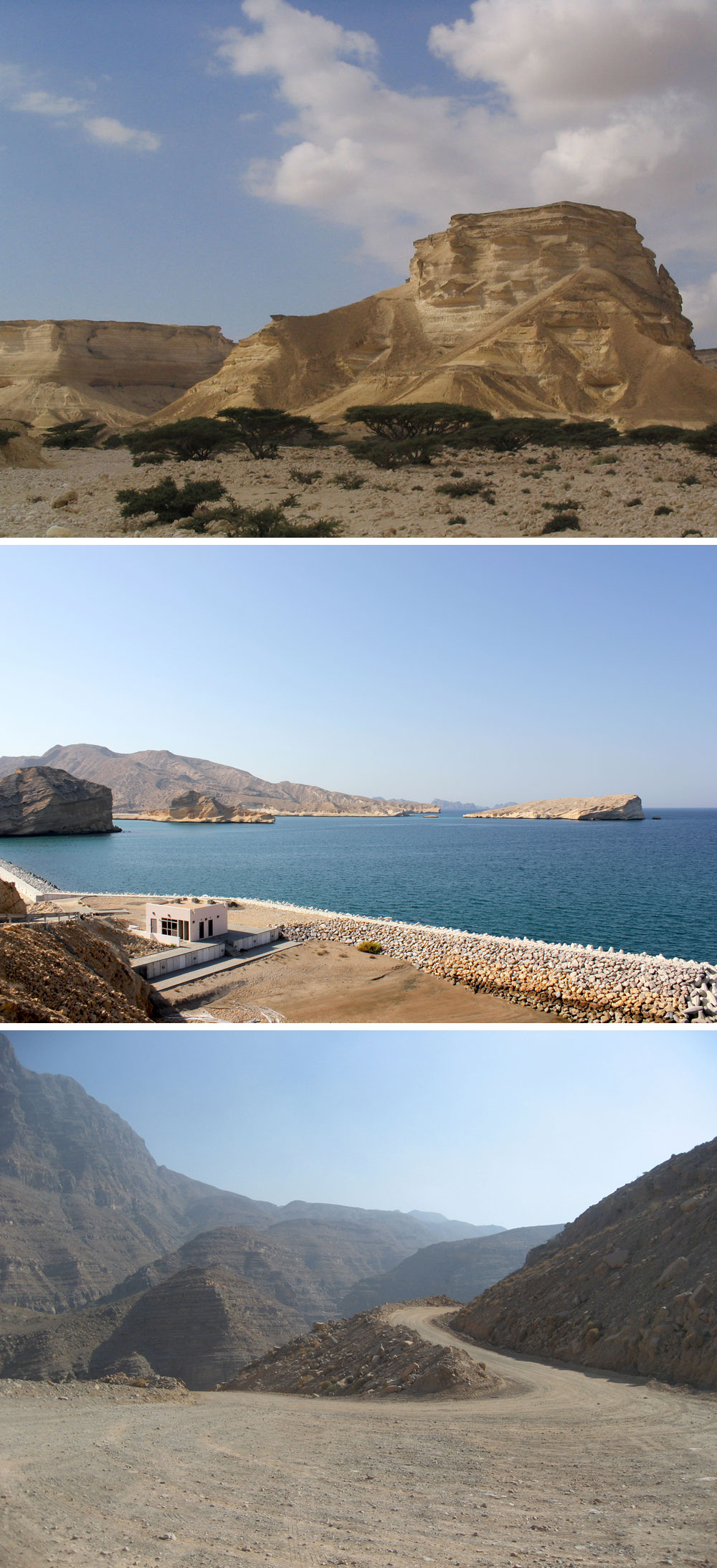
Oman’s landscape is characterized by arid desert plains in the middle of the country, a long coastline and mountains in the north and south

